
“The successful free to play games are selling positive emotions. Not content.” – Nicholas Lovell
“It should be the experience, that is touching. What I strive for is to make the person playing the game the director.” – Shigeru Miyamoto
SUMMARY
- I learned about Mechanics, Dynamics and Aesthetics (as well as the different types of aesthetics) and learned more about Construct 3 and JavaScript. I also learned how to use GitHub to collaborate with a team while making projects on Construct 3.
PRACTICE ROOM (TUTORIALS)

Construct 3 – Javascript
- https://www.sololearn.com/Course/JavaScript/
- I completed the Basic Concepts lesson
CLASSROOM (THEORY & ANALYSIS)
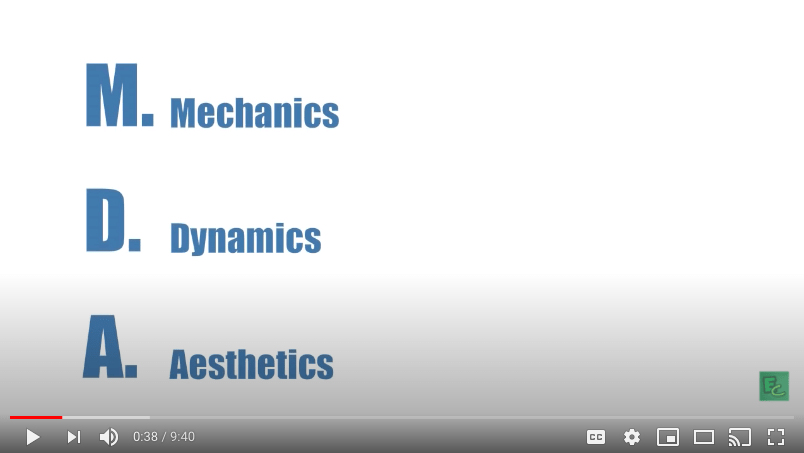

- MDA Framework (PDF)
- MDA Framework at Wikipedia
- Aesthetics of Play – Redefining Genres in Gaming – Extra Credits
- Combining Genres – How to Pick the Right Design Mechanics For Your Game – Extra Credits
- MDA Framework at Wikipedia
MDA Notes
- Mechanics
Mechanics are the core components of any game. If a game is created with poorly designed mechanics, the effects will trickle down to the rest of the game. Mechanics with Dynamics and Aesthetics in mind will result in a more complete experience for those playing the game.
- Dynamics
Dynamics are the experiences that we engage in from the mechanics. This is basically how things in the game interact with each other, and the player experiences those create in the moment. Games that don’t heavily rely on story (or aesthetics in general) need fun dynamics to stay engaging and fun to the player.
- Aesthetics
Aesthetics are the experiences the player engages in from the complete game. This can come from the story, art, music, dynamics, progression/ loot systems and many more. There are eight distinct types of aesthetics, and most good games use a combination of different aesthetics to create an enjoyable game for the player.
- Eight Types of Aesthetics
- Sensation (Game as sense-pleasure): Player enjoys memorable audio-visual effects.
- Fantasy (Game as make-believe): Imaginary world.
- Narrative (Game as drama): A story that drives the player to keep coming back
- Challenge (Game as obstacle course): Urge to master something. Boosts a game’s replayability.
- Fellowship (Game as social framework): A community where the player is an active part of it. Almost exclusive for multiplayer games.
- Discovery (Game as uncharted territory): Urge to explore game world.
- Expression (Game as self-discovery): Own creativity. For example, creating character resembling player’s own avatar.
- Submission (Game as pastime): Connection to the game, as a whole, despite of constraints
LAB (THEORY PRACTICED)
- Set a timer
- Spend up to 15 minutes
- According to Wikipedia:
- Mechanics are the base components of the game – its rules, every basic action the player can take in the game, the algorithms and data structures in the game engine etc.
- Dynamics are the run-time behavior of the mechanics acting on player input and “cooperating” with other mechanics.
- Aesthetics are the emotional responses evoked in the player.
Brainstorm Ideas for Each of the Eight Categories
- Sensation (Game as sense-pleasure): The player enjoys memorable audio-visual effects.
- Sandbox game where you use a variety of explosive weaponry to blow up various objects and structures.
- Fantasy (Game as make-believe): Imaginary world.
- Survival game where you have to survive in the wilderness, while avoiding detection from evil robot AI’s that have taken over the planet.
- Narrative (Game as drama): A story that drives the player to keep coming back
- A game that focuses on a family trying to escape from a war torn country, where multiple powerful factions want them dead. The player would play one of the parents.
- Challenge (Game as obstacle course): Urge to master something. Boosts a game’s replayability.
- A grand strategy game with a ranked multiplayer system. There are no good ones. Could possibly be replaced or made along with a system for increasingly difficult AI or situations.
- Fellowship (Game as social framework): A community where the player is an active part of it. Almost exclusive for multiplayer games.
- A multiplayer city building game, where 5-10 (could be more or less) players work together to build a country from designing multiple cities over a long period of time. Could be a finite empire building game, or could be a game with scripted (but random) challenges and opportunities for expansion that everyone has to work together to overcome.
- Discovery (Game as uncharted territory): Urge to explore the game world.
- A game where you’re an astronaut from the future, and are exploring a fallen civilization which is (or was) more technologically advanced than humans, but is now dominated by tribal scavengers who bear no resemblance to the worlds former inhabitants.
- Expression (Game as self-discovery): Own creativity. For example, creating a character resembling player’s own avatar.
- A game with a character/ creature creator similar to Spore, but it’s a (nearly) infinite procedurally generated world (like Minecraft but without the block style) and it’s Multiplayer. You would create a species and try to get them to survive as long as possible until you’re eliminated by another player, then you would just start again.
- Submission (Game as pastime): Connection to the game, as a whole, despite of constraints.
- A game where you are a business owner who expands their business and starts new ones, generally getting more and more money and income over time. Very much a turn your brain of game focused on abnegation. Could be open world, with the player usually being viewed in 3rd person. A mix of GTA and the Sims.
OUTSIDE (CREATIVITY, PRODUCTIVITY & THE BRAIN)
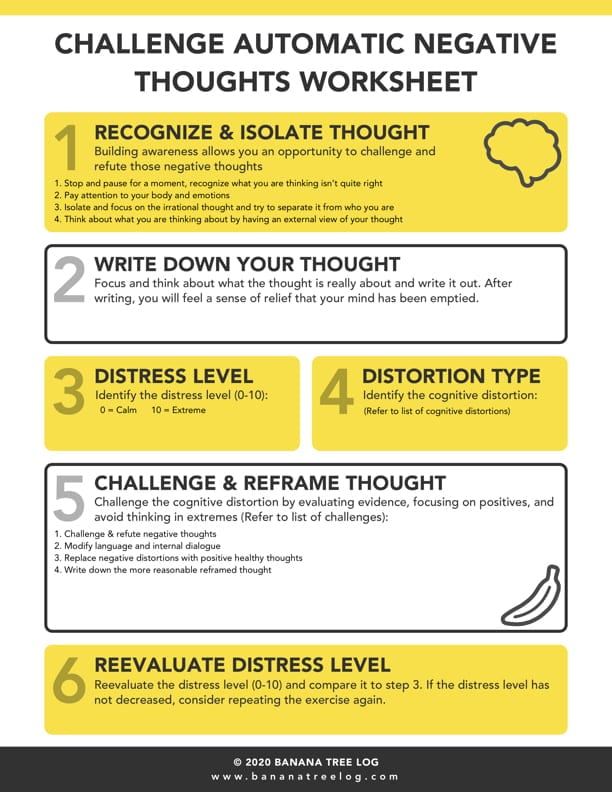

- This method for reducing stress and worry seems to focus on the fact that we tend to worry too much, in an irrational way. Thinking rationally about what we are worrying about will naturally make us less worried. Thinking about these things in a rational manner will also help to find solutions to reduce that worry.
STUDIO (CREATIVITY)
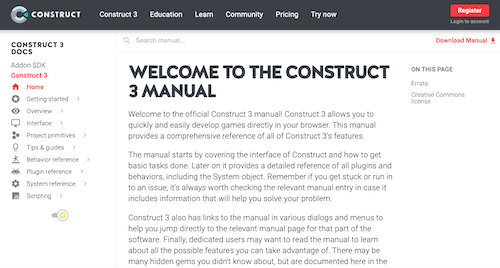
- Construct Manual Sections
- Home
- Getting started
- Overview
- Interface
- Project primitives
- Tips & guides
- Behavior reference
- Plugin reference
- System reference
- Scripting
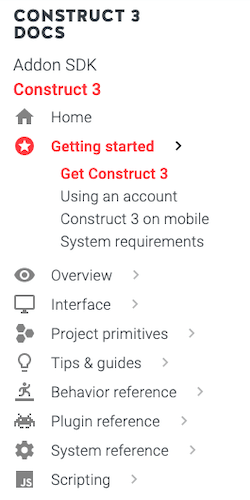
- I learned how to navigate Construct 3 and use its basic functions. One thing in specific that I learned that I thought was important was how to change movement from the arrow keys to wasd using custom controls.
CONTROL ROOM (PRODUCTION)
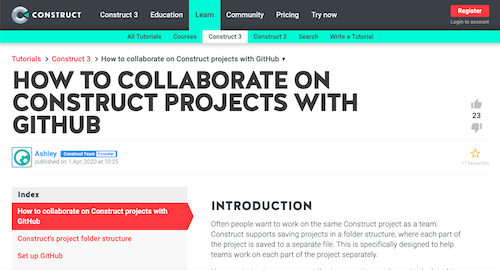
- How to collaborate on Construct projects with GitHub
- I learned how to share files with a team on GitHub. I also created my account for GitHub in the process
WHAT I LEARNED and PROBLEMS I SOLVED
- I learned about Mechanics, Dynamics and Aesthetics, and how a game developer should treat all of them. I also learned about the different types of aesthetics in a game, and how to manage using multiple aesthetics together. I also learned about how to navigate GitHub and Construct 3 in order to collaborate with a team. I didn’t encounter any problems while doing this.